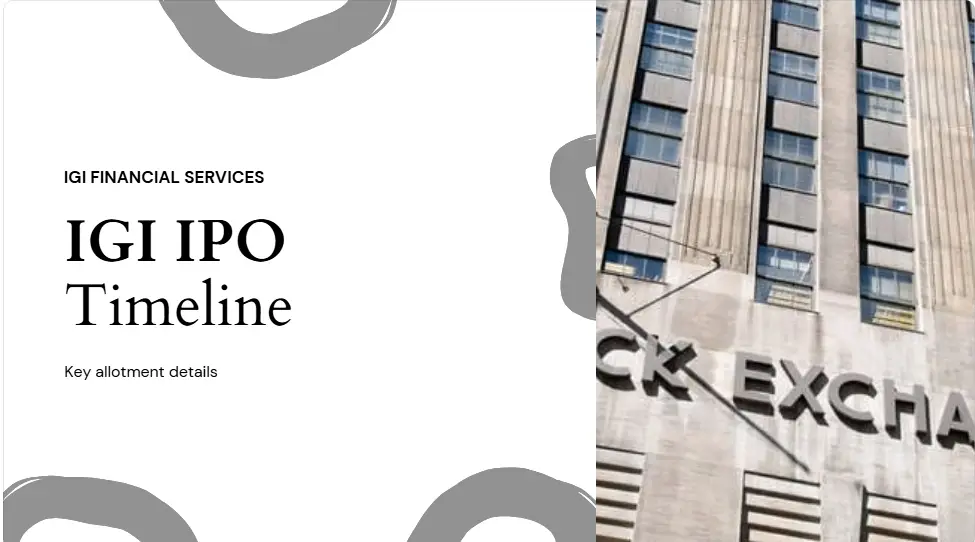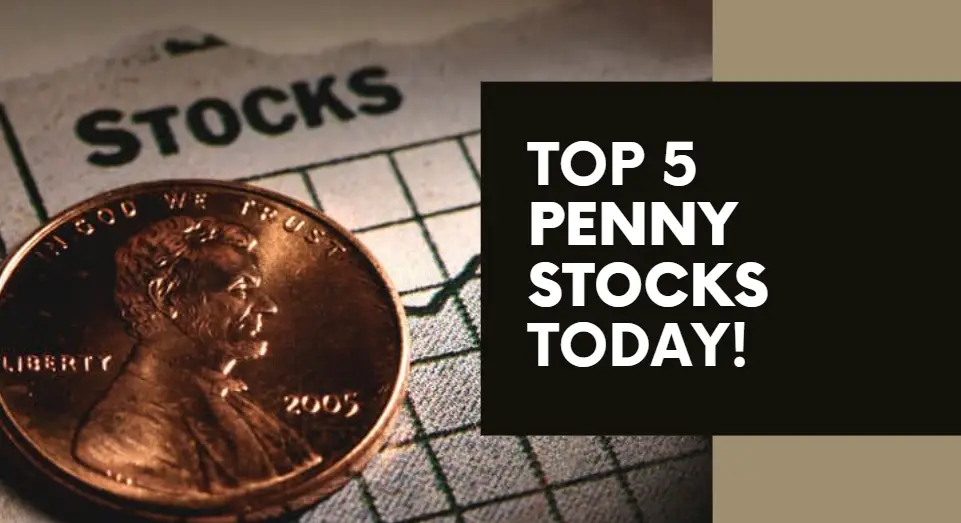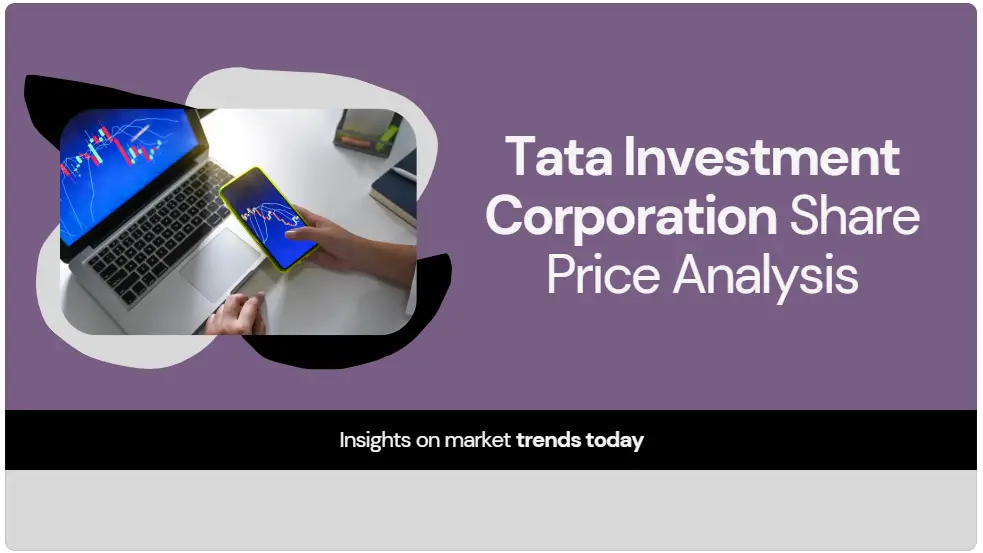NIFTY PE Ratios Analysis
Data as of 10 June 2025
Dashboard Sections
1. Current PE Ratio Snapshot
NIFTY 50
22.57
NIFTY BANK
14.85
NIFTY MIDCAP 150
35.05
NIFTY SMALLCAP 250
33.38
Also Read: Google (Alphabet) PE Ratio 2025: Historical Chart, TTM
2. Understanding the P/E Ratio
The price-to-earnings (P/E) ratio determines how much investors are willing to pay for each unit of a company's earnings. A higher P/E suggests the market anticipates stronger future growth, while a lower P/E might indicate undervaluation or poorer growth prospects.
It is computed as: P/E Ratio = Market Price per Share / Earnings per Share (EPS)
3. Historical Context & Comparison
Nifty 50 P/E vs. Long-Term Average
The historical all-year average P/E for the Nifty 50 (from 2000–2023) is approximately 22.0. This average reflects over two decades of market cycles, including bull runs, bear phases, and periods of economic uncertainty.
Today's Nifty 50 P/E ratio is 22.57. This is marginally higher than its long-term average, suggesting a valuation slightly above the historical norm for the last 24 years.
Historical Nifty 50 P/E (2000-2023)
| Year | Avg. Nifty 50 P/E | Year | Avg. Nifty 50 P/E |
|---|---|---|---|
| 2000 | 22.2 | 2012 | 18.3 |
| 2001 | 17.9 | 2013 | 18.2 |
| 2002 | 16.6 | 2014 | 19.0 |
| 2003 | 14.6 | 2015 | 22.1 |
| 2004 | 18.1 | 2016 | 21.3 |
| 2005 | 14.7 | 2017 | 24.7 |
| 2006 | 18.3 | 2018 | 26.6 |
| 2007 | 21.4 | 2019 | 27.3 |
| 2008 | 20.8 | 2020 | 26.9 |
| 2009 | 17.3 | 2021 | 34.6 |
| 2010 | 22.4 | 2022 | 22.4 |
| 2011 | 21.8 | 2023 | 21.9 |
4. Peer Index Comparison
Comparing the Nifty 50's valuation against its peers provides context on where the market is placing its growth bets. Midcap and Smallcap indices are currently trading at a significant premium.
Data as of 10 June 2025
5. Detailed Year-on-Year Comparison Table
This table shows the difference between the historical annual average Nifty 50 P/E and the current P/E of its peer indices. A positive value (↑) indicates the historical Nifty 50 P/E for that year was higher than the peer's current P/E.
| Year | vs. Next 50 (22.39) | vs. Bank (14.85) | vs. Midcap 150 (35.05) | vs. Smallcap 250 (33.38) | vs. Microcap 250 (24.24) |
|---|---|---|---|---|---|
| 2000 | -0.19 ↓ | +7.35 ↑ | -12.9 ↓ | -11.2 ↓ | -2.04 ↓ |
| 2001 | -4.49 ↓ | +3.05 ↑ | -18.4 ↓ | -15.5 ↓ | -6.34 ↓ |
| 2002 | -5.79 ↓ | +1.75 ↑ | -18.5 ↓ | -16.8 ↓ | -7.64 ↓ |
| 2003 | -7.79 ↓ | -0.05 ↓ | -20.5 ↓ | -18.5 ↓ | -6.94 ↓ |
| 2017 | +2.31 ↑ | +9.85 ↑ | -10.3 ↓ | -8.7 ↓ | +0.46 ↑ |
| 2018 | +4.21 ↑ | +11.75 ↑ | -8.5 ↓ | -6.8 ↓ | +2.36 ↑ |
| 2019 | +4.91 ↑ | +12.45 ↑ | -7.8 ↓ | -6.0 ↓ | +3.06 ↑ |
| 2020 | +4.51 ↑ | +12.05 ↑ | -8.1 ↓ | -6.2 ↓ | +2.66 ↑ |
| 2021 | +12.2 ↑ | +19.75 ↑ | -0.5 ↓ | +1.2 ↑ | +10.36 ↑ |
| 2022 | +0.01 ↑ | +7.55 ↑ | -12.6 ↓ | -11.0 ↓ | -2.04 ↓ |
| 2023 | -0.49 ↓ | +7.05 ↑ | -11.1 ↓ | -9.9 ↓ | -2.34 ↓ |
Also Read: Best Low PE Ratio Stocks in India to Buy in 2025
6. Key Insights
- Nifty Bank (14.85): Banks consistently trade at a discount to the broader market. The historical Nifty 50 P/E has been significantly higher than the current Nifty Bank P/E in almost every year analyzed.
- Nifty Next 50 (22.39): The valuation is very close to the Nifty 50. Historically, leadership has shifted cyclically, with the Nifty 50 P/E being higher in about half the years, especially during strong bull markets (2017–2021).
- Nifty Midcap 150 (35.05) & Nifty Smallcap 250 (33.38): These indices are trading at very high valuations. Only the peak P/E of 2021 came close to these levels. This highlights the substantial premium these segments currently command compared to their historical relationship with large caps.
- Nifty Microcap 250 (24.24): While elevated, its P/E is not as stretched as Mid and Small caps. During the bull run from 2017–2021, the Nifty 50's valuation often matched or exceeded that of the Microcap index.
Frequently Asked Questions
At the current Nifty PE ratio of 22.57, investors are paying ₹22.57 for every ₹1 of earnings generated by Nifty 50 companies.
No, "PE ratio" and "P/E ratio" (Price-to-Earnings ratio) are the same metric and are used interchangeably.
Not necessarily. High PE ratios may indicate growth potential but can also signal overvaluation. Low PE ratios may represent value opportunities or indicate fundamental problems. Context and other metrics are important.
Historically, markets with lower starting PE ratios have delivered better long-term returns. However, many other factors influence returns, so PE should be just one component of analysis.







Pingback: Nifty Smallcap PE Ratio Today – Jun 2025 Update - Tech Venture Spot
Hi there to every one, the contents present at this site are truly awesome for
people experience, well, keep up the nice work fellows.